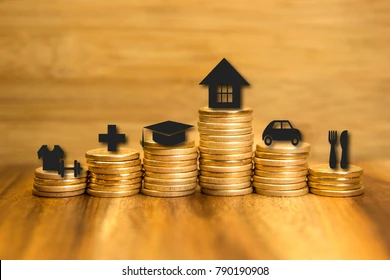Do factors work in real life problems?
Absolutely, here are some simple applications of factors that you can use to explain to grade 3 students:
Candies or chocolate sharing: Suppose, you have 15 chocolates. How would you share them among your friends? Factors help to deal with this. 1,3, and 5 are factors of 15. Likewise, you may share them with 1, 3, 5 or 15 friends.
Rope jumps: Skipping or rope jumps are a good form of physical exercise. Now to divide teams within 10 friends, you have to put equal members in each team. The factors of 10 are 1, 2, 5, and 10. So, each team may have 1, 2, or 5 members.
Growing trees: You have 18 seeds. How would you divide them equally in multiple rows. Take help of factorisation to solve the puzzle. Factors of 18 are 1, 2, 3, 6, 9, and 18. So, you may have these seeds planted in 1, 2, 3, 6, 9, or 18 rows.
Thus, factors help to split bigger numbers into small organized groups with ease
Few more examples for demonstration.
Imagine you are going on a picnic with your sibling, parents and grandparents. You have 24 sandwiches. How to distribute equally for each family member? The factors of 24 are 1, 2, 3, 4, 6, 8, 12, and 24. For six members, you can put four sandwiches in each lunchbox.
You have a bookshelf with four racks. You have 20 books to arrange on it. The factors of 20 are 1, 2, 4, 5, 10, and 20. So you can keep 5 books on each rack so that the books are on the shelf in an organized manner.
These are some of the many real-life incidences when you can use factors to resolve an issue. So, you may instill these easy maths tricks to quickly sort out things.



Comments
Post a Comment